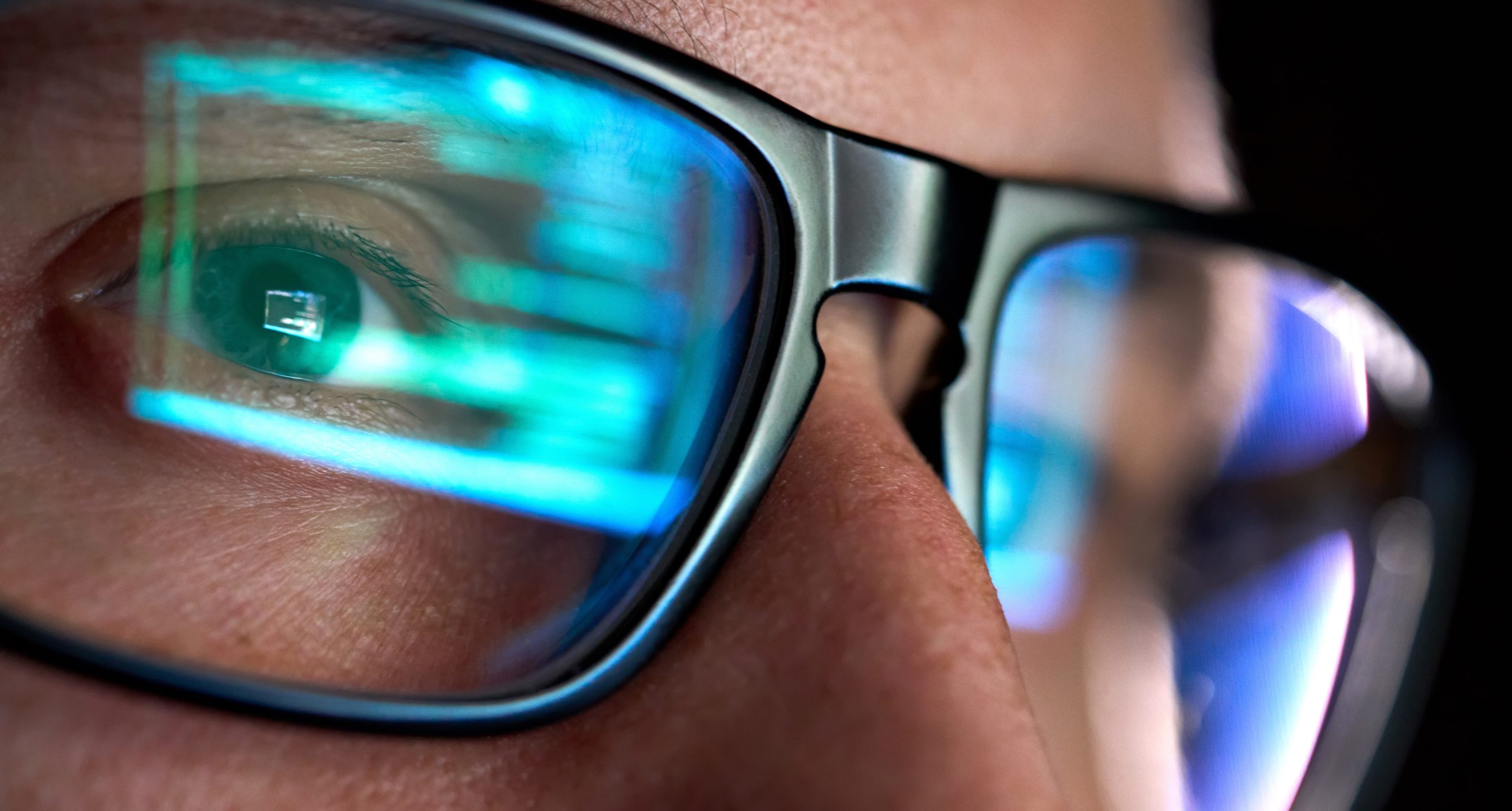
The Discovery Eye Foundation hopes that you and your loved ones are well and safe if affected by the wildfires in Los Angeles. The smoke and airborne particles create major risks resulting in poor air quality and breathing problems and can also take a serious toll on your eyes. Wildfire smoke contains tiny particles of ash and other pollutants that can cause redness, dryness, itching, and a burning sensation. One of the most common eye issues during wildfire season is dry eye. The particles in the smoke can affect the tear film that helps maintain the moisture in your eyes and cause discomfort and blurry vision.For contact lens wearers or those with pre-existing eye conditions the impact can be even more serious. Continued exposure can cause inflammation, allergic reactions and cause serious discomfort for persons with eye diseases such as glaucoma and macular degeneration.
It is important to protect your eyes during smoky days during and after wildfires:
- Limit Outdoor Exposure: Try to stay indoors as much as possible when air quality is poor.
- Wear Protective Eyewear: If you must go outside, make sure to wear wraparound sunglasses or protective goggles to shield your eyes from smoke particles.
- Keep Your Home Safe: Close windows, use an air purifier and a humidifier to reduce dryness in the air.
- Use Lubricating Eye Drops: Over-the-counter artificial tears can help relieve dryness and irritation caused by smoky conditions.
If you experience persistent discomfort, excessive tearing, or any changes in vision please consult an eye care professional.
Stay safe, and take care of your eyes!
Anthony Nesburn, MD
President and Medical Director



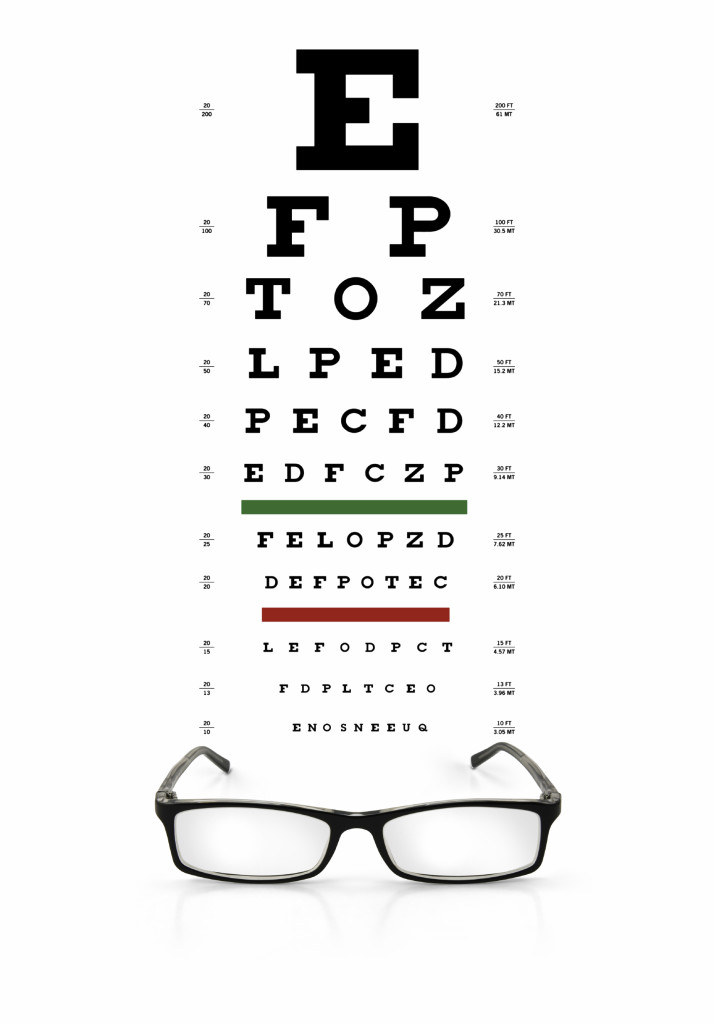 Understanding What 20/20 Vision Means
Understanding What 20/20 Vision Means
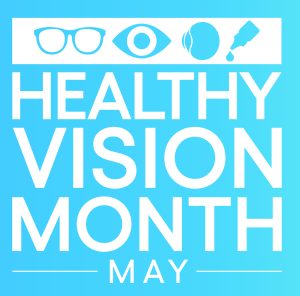 Vision loss can have a major impact on every part of life. Having a visual impairment can create challenges in performing everyday tasks, and the stigma around losing vision can be isolating — causing feelings of fear, anxiety, or depression. But you’re not alone.
Vision loss can have a major impact on every part of life. Having a visual impairment can create challenges in performing everyday tasks, and the stigma around losing vision can be isolating — causing feelings of fear, anxiety, or depression. But you’re not alone.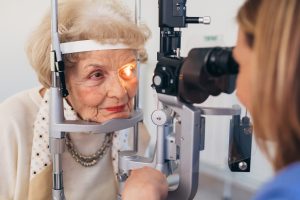

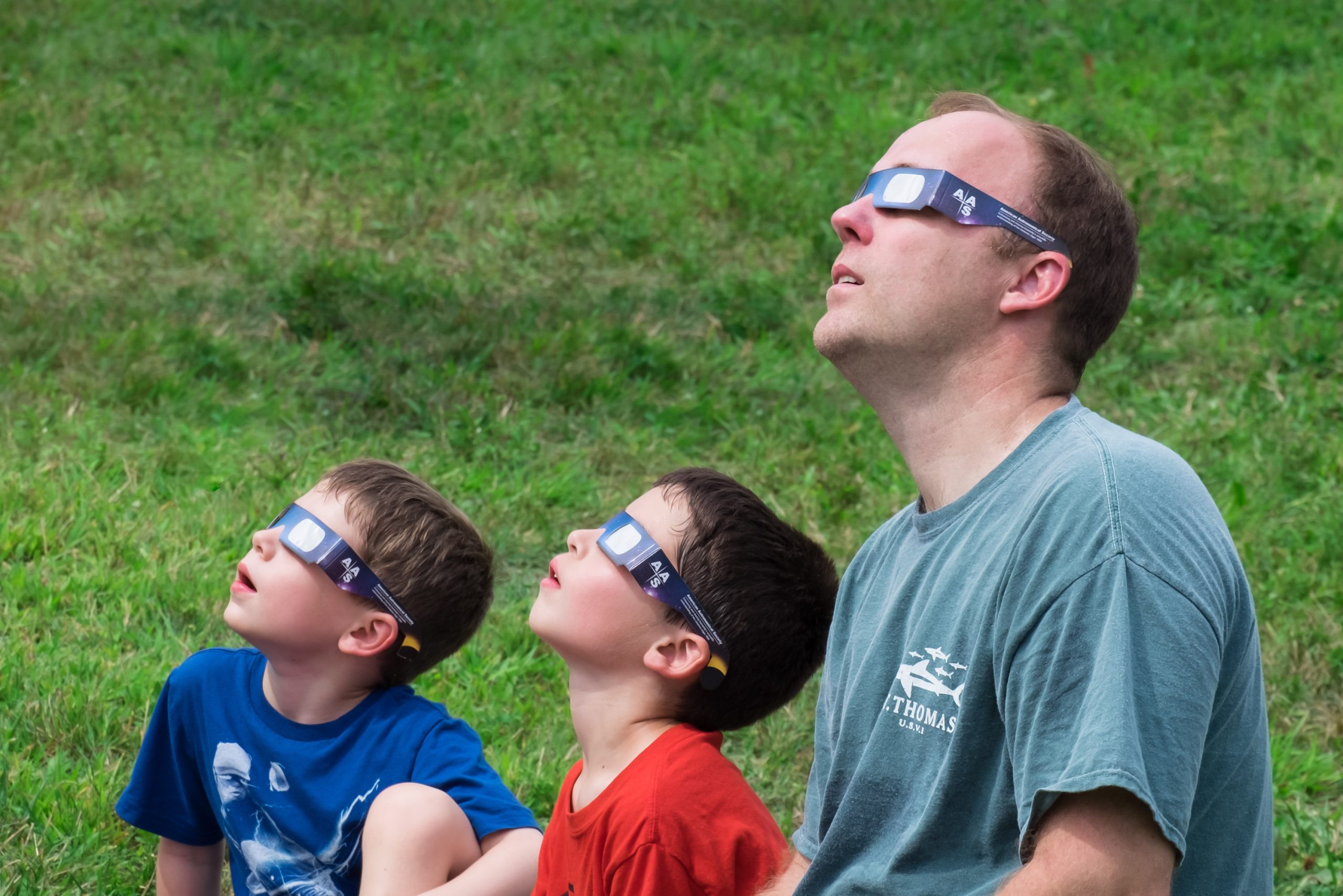 To protect your eyes during an eclipse, you need special glasses. Never use sunglasses, as they do not offer proper protection. Make sure they meet safety requirements and are manufactured with the ISO 12312-2 standard. Look for ISO standard labeling when looking for solar eclipse glasses and purchase them from a trusted source.
To protect your eyes during an eclipse, you need special glasses. Never use sunglasses, as they do not offer proper protection. Make sure they meet safety requirements and are manufactured with the ISO 12312-2 standard. Look for ISO standard labeling when looking for solar eclipse glasses and purchase them from a trusted source.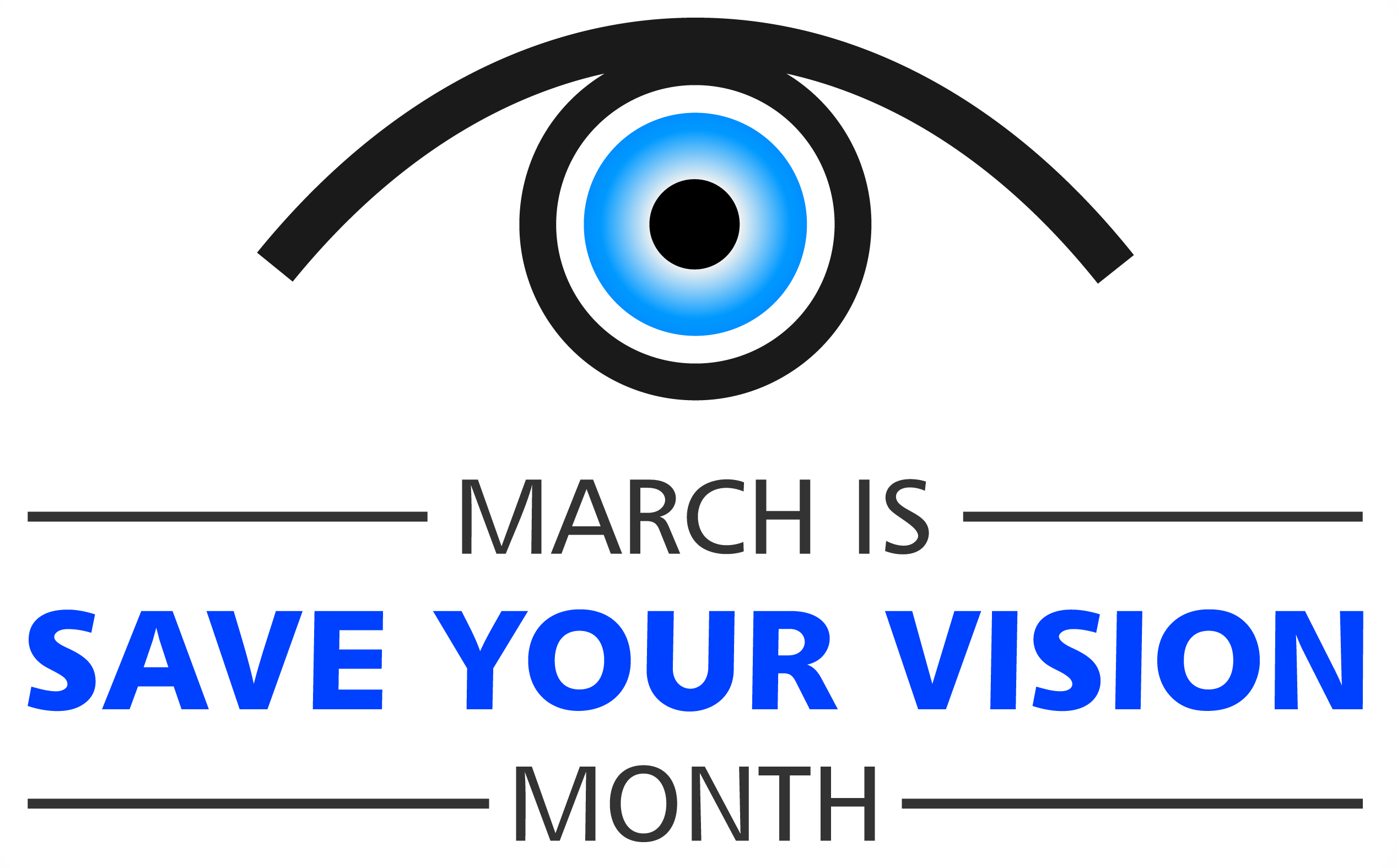 Save Your Vision Month is here.
Save Your Vision Month is here.


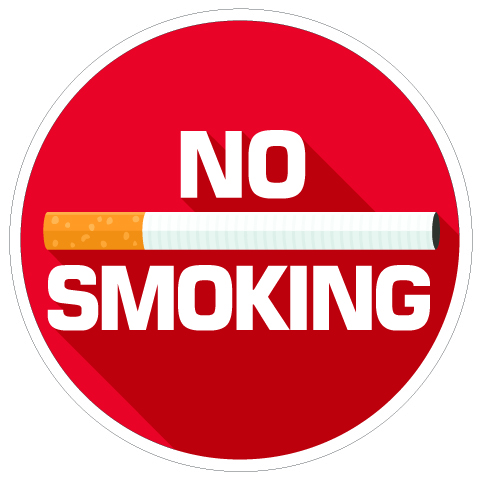 Don’t smoke. Smoking increases your risk for age-related macular degeneration, cataract, and other eye diseases and conditions that can damage the optic nerve.
Don’t smoke. Smoking increases your risk for age-related macular degeneration, cataract, and other eye diseases and conditions that can damage the optic nerve. Wear protective eyewear when outdoors. Protecting your eyes from the sun’s ultraviolet rays when you are outdoors is vital for your eye health. Wearing sunglasses that block 99 to 100 percent of both UV-A and UV-B radiation.
Wear protective eyewear when outdoors. Protecting your eyes from the sun’s ultraviolet rays when you are outdoors is vital for your eye health. Wearing sunglasses that block 99 to 100 percent of both UV-A and UV-B radiation. Know your family history. Talk to your family members about their eye health history. It’s important to know if anyone has been diagnosed with a disease or condition since many are hereditary, such as glaucoma, macular degeneration, and diabetes . This will help determine if you are at higher risk for developing an eye disease or condition.
Know your family history. Talk to your family members about their eye health history. It’s important to know if anyone has been diagnosed with a disease or condition since many are hereditary, such as glaucoma, macular degeneration, and diabetes . This will help determine if you are at higher risk for developing an eye disease or condition. Consider a multivitamin. Vitamins C, E and the mineral zinc have been shown to promote eye health. Vitamins with Lutein and Zeaxanthin have been known to help patients with moderate to severe age-related macular degeneration.
Consider a multivitamin. Vitamins C, E and the mineral zinc have been shown to promote eye health. Vitamins with Lutein and Zeaxanthin have been known to help patients with moderate to severe age-related macular degeneration. Give your eyes a rest. If you spend a lot of time at the computer or focusing at any one distance, you sometimes forget to blink, resulting in dryness and eye fatigue. Every 20 minutes, look away about 20 feet in front of you for 20 seconds. This can help reduce eyestrain. Consider using a lubricant eye drop during long periods of intense eye use and rest your eyes for 5 minutes.
Give your eyes a rest. If you spend a lot of time at the computer or focusing at any one distance, you sometimes forget to blink, resulting in dryness and eye fatigue. Every 20 minutes, look away about 20 feet in front of you for 20 seconds. This can help reduce eyestrain. Consider using a lubricant eye drop during long periods of intense eye use and rest your eyes for 5 minutes.
